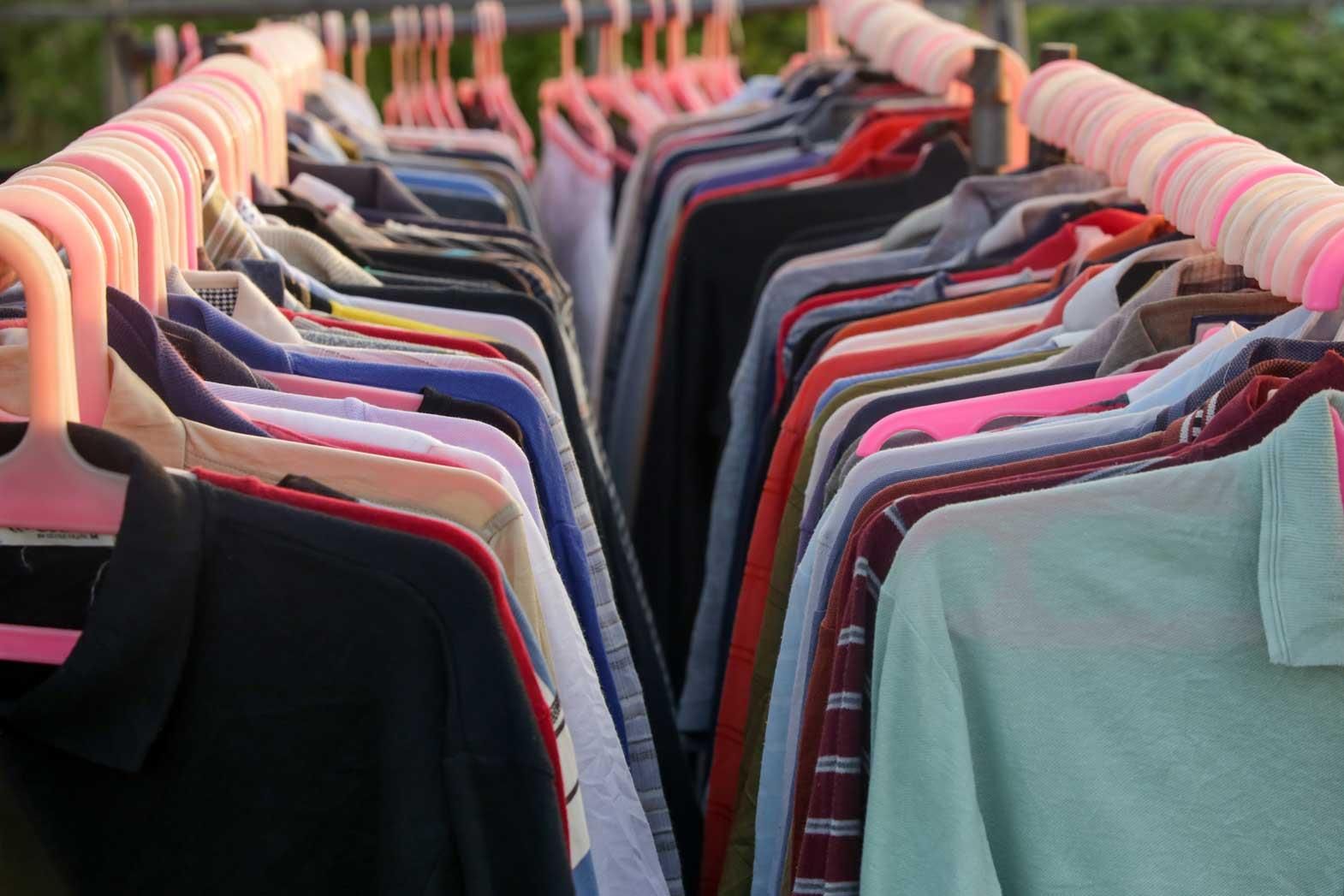Used clothing, though not as grand as a clothing line, remains a popular import and export item worldwide. While some used clothing is donated, it's also common to resell second-hand clothes in various markets. Numerous business groups are involved in the trade of second-hand clothing. In the current global economic situation, where some countries are slowly recovering from economic slowdowns, the desire to save money has increased. This encourages people to buy used clothing, especially when faced with shrinking payrolls.
Import regulations for used clothing vary from one country to another. In the United States, when used clothing is imported for donation purposes or to be given to individuals, companies, or charitable organizations, it is subject to the rules and regulations set by Customs and Border Protection (CBP), just like any other apparel range.
However, when used clothing is imported for the purpose of sale, it is subject to the same duties, marking requirements, and entry regulations as new clothing. The duty on used clothing is calculated based on its value. If the used clothing is purchased from a second-hand store, the receipt can be used to determine its value. In the case of donated used clothing, the value is determined based on the cost of a similar used item.
According to U.S. law, under provision 6309 in the Harmonized Tariff Schedule (HTS), used clothing can enter the U.S. duty-free. However, used clothing shipments brought for commercial purposes are not eligible for provision 6309. This provision applies only if the clothing is visibly in poor condition, as it is assumed that the clothing will be used for non-apparel purposes.
The laws and rules pertaining to the import of used clothing vary in different countries. In India, the shipment of used clothing imported by a unit must be accompanied by a certificate obtained from the exporter, in which details regarding disinfection and fumigation generated by a licensed agency from the state where the original clothes were manufactured must be stated. The Special Economic Zone (SEZ) Division, Government of India, has drafted guidelines to regulate functioning of used clothing units in SEZs.
Like the U.S.A., in India also if the information regarding used clothing is wrongly declared, action as per laws formulated by the Directorate General of Foreign Trade (DGFT) applies and action as per the Foreign Trade (Development & Regulation) Act, 1992, is taken by the competent authority. As per the drafted guidelines, all imported consignments of used clothes are subject to 100 percent inspection at the premises of the unit by SEZ/Customs authorities.
Countries like Africa, Zambia are exporting used clothing from Europe and America. The European-made clothing, American sports jerseys and designer labels are offered at discount prices, thus turning second-hand markets into a prime destination for cheap garments. There are some other countries, where buying of used clothing is not very popular. Countries including Poland, Philippines and Pakistan are not very keen on buying used clothing for reasons that vary from social issues to risk to personal hygiene. Similar to these countries, India also refuses the import of second-hand clothing, but accepts the import of wool fibres. Unused clothing is recycled into fibres that are spun into yarn for reuse in 'new' used goods.
The import norms vary in different countries. Like in Angola, Bangladesh, Bolivia, Bulgaria, Cameroon import of used undergarments is prohibited. Similarly in Chile, Colombia, Costa Rica, Colombia, Egypt, Ghana, Greece, Kenya, Lebanon, Sri Lanka, Uganda, Pakistan, etc. the used clothing must carry fumigation certificate at the time of import. In some third world countries like Ethiopia, fumigation certificate is not required, but prior approval to specific duties is must.
The import duty rate for importing used clothing also fluctuates. Import duty for importing used clothes into United Kingdom is 12 percent and when the used clothing involves under clothes for women - coats and outerwear, the import VAT of 20 percent is also applicable. Apart from regular import duty rates and VAT, there are also Most Favoured Nation rates, in Argentina, MFN (Most Favoured Nation) duty rate is 35 percent, in Australia it is 10 percent and sales tax 10 percent, in Austria MFN duty rate is 12 percent and sales tax is 20 percent. In Bahrain MFN duty is 5 percent, Bangladesh charges 25 percent MFN duty and sales tax 15 percent and in China MFN duty is 16 percent and sales tax is 17 percent.
Those who favour used clothing are often concerned about environment as well. On a larger scale, the corporate houses that are involved in recycling of used clothes have become important contributors in a country's economy. The core for commercial sorting of used clothes are in South Asia, Canada, Belgium, the Netherlands and Hungary. The second hand trade has more than doubled since 1991 following a rising demand in former Eastern Bloc and African countries.
In affluent western countries, used clothes occupy a niche market. In third world countries, second-hand clothing imported from the west, are chief source of clothing. The largest exporters of used clothing are the U.S.A. followed by the U.K., Germany and the Netherlands.
The world's largest importers of used clothing are Sub Saharan countries that import more than 25 percent of global second-hand clothing. Some countries, like Philippines prohibit the import of secondhand clothes, in order to protect the local textile industry. Other counties like Pakistan or Uganda, which have a flourishing textile industry, have no or limited restrictions.
In these times of rapid change many countries are navigating environmental as well as economic challenges. Importing and exporting used clothing, either for the purpose of recycling, charity or resale is a wise choice. The world is redefining the concept of shopping through used clothing.
References:
1. Help.cbp.gov
2. Dutycalculator.com
3. Web.ita.doc.gov
4. Wikipedia.com
Image Courtesy:
1. Frommarkettomarket.com
2. Ropausada-stocks.com
3. Bongdy.com








Comments